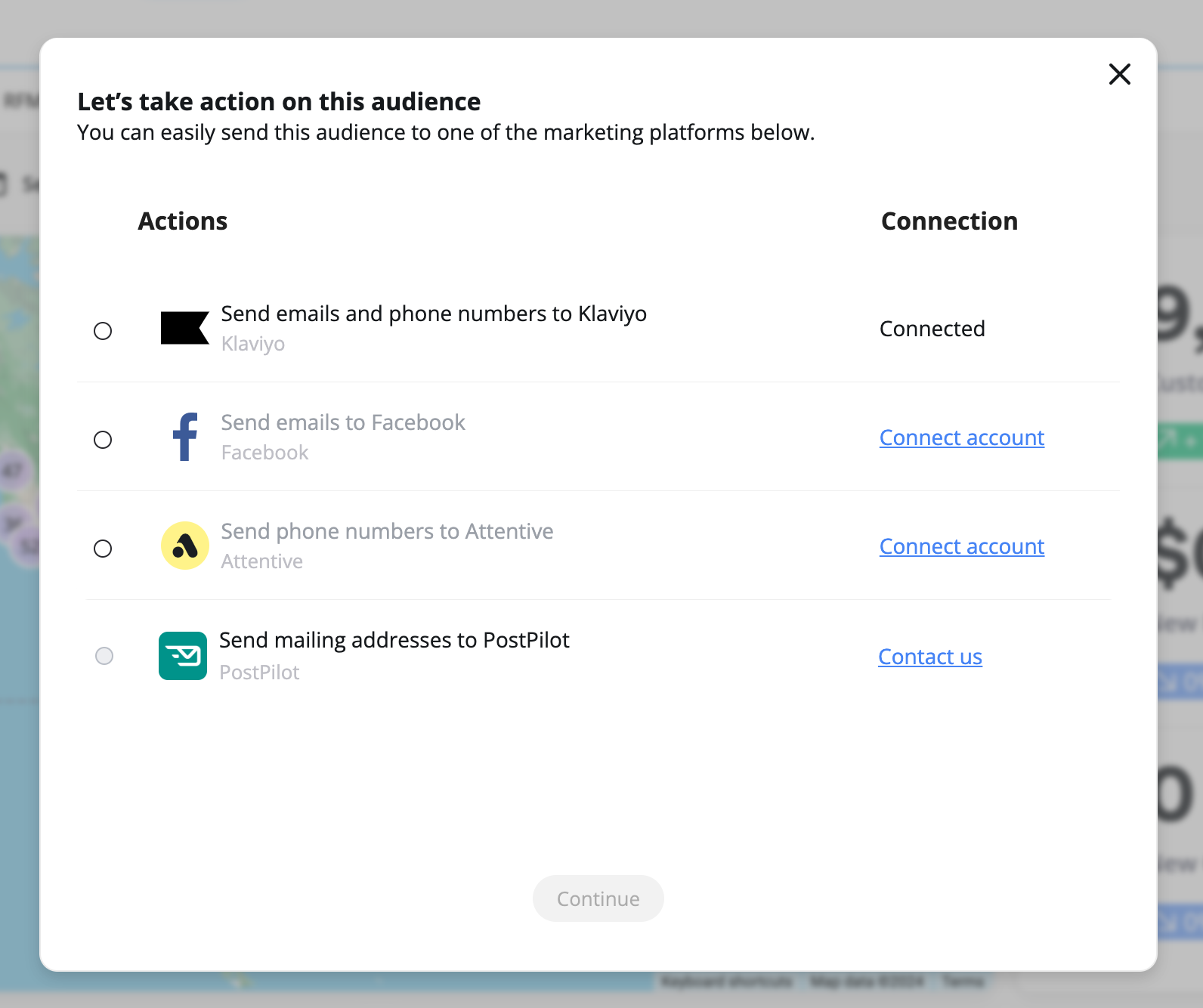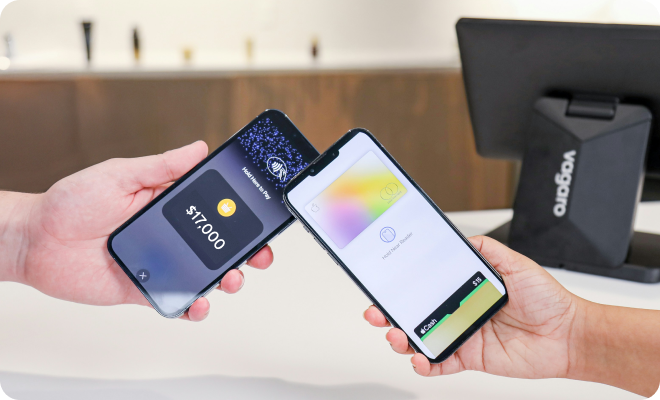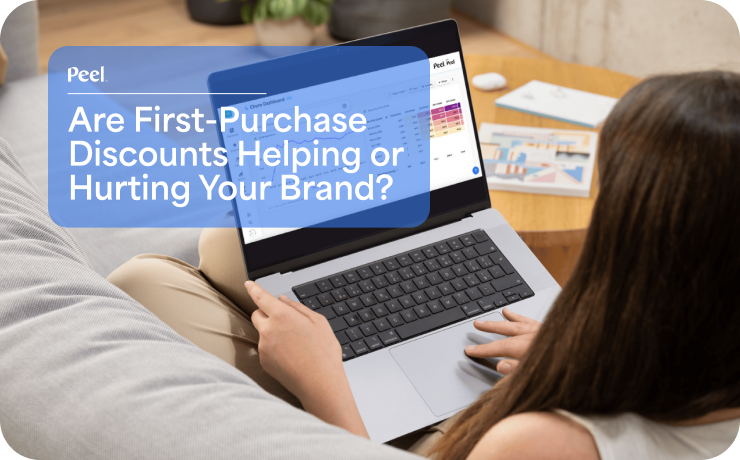You’ve heard about the Pareto Principle? The 80-20 rule? Ring a bell?
It states that roughly 80% of the outcomes come from 20% of the causes. It was first observed by Italian economist Vilfredo Pareto, who noticed it during his high school group projects.

This is where the concept of “whales” came from because 20% of your customers bring 80% of your revenue. This is important because as your business scales, you’re going to see all sorts of new customers, and you must focus on a select few groups.
While every customer deserves attention, some bring significantly more value to your business than others. How do you find these select few? More importantly, how do you keep them happy and coming back for more? Figuring this out can mean the difference between doubling your growth vs. watching your revenue fall.
Who’s a high-value customer (HVC)?
Most people only look at the Lifetime Revenue when thinking about high-value customers. While this is not untrue, it doesn't present the complete picture. It can mislead you into thinking that all customers with high total spending are equally valuable. Here's an example to show why this approach can be problematic:
Take two customers, Alice and Bob, who have both spent $10,000 with your brand over the past five years:

If you only looked at Lifetime Revenue, Alice and Bob would appear equally valuable. However, that’s not the case.
So, what exactly makes a customer high-value? While the specifics might vary depending on your business model, industry, and goals, high-value customers generally share these traits.
- Frequent Purchases
- Higher spending
- Most recent
- Highly profitable
Your top 20% of customers consistently deliver the most all-round value to your business. They have the highest RFM scores. This group isn’t only loyal to your brand—they also become powerful advocates.
Why focus on your top 20%
The disproportionately high contribution (usually we see anywhere between 4x and 30x difference) to your brand from these top 20%-ers means that focusing your efforts on them leads to:
- Higher ROI on marketing and engagement efforts
- Incereased customer lifetime value
- More word-of-mouth marketing
- Invaluable insights for product development and improvement
Focusing on this top 20% isn’t just about profits; it's about building lasting relationships that will continue to bring value to your brand. By investing in personalized marketing and customer experience improvements, you ensure these key customers stay engaged and loyal in the long run.
Simply put, your high-value customers are the backbone of your business.
How to identify high-value customers
With RFM Analysis, you can find every customer’s worth. It lets you zoom in on the ones who are really moving the needle for your business. You know, the ones who keep coming back, spending big, and making it rain on your balance sheet. If you want to learn more about RFM analysis, we’ve got you covered.
Fun fact: This is the exact method that helped JD Crouse scale Bolder Band into a $6.5M business in less than 3 years.
Take a look at this RFM report. The Champions and Loyal Customers segment (20% of the total customers) drive 80% of the revenue.

In Peel Insights, you can further drill down into the data with the Audience Comparison report to find segment wise revenue, number of orders, AOV, CAC, or any other metric of your choice. This will help you see how each segment compares to the top customers.

Analyzing traffic and customer behavior
Start by examining your website traffic. It's crucial to understand which visitors are making purchases and how they found your site. Using RFM analysis, you can gain a deeper understanding of the difference between paid and organic traffic. You’ll need to understand if your HVCs are coming from ads or not to determine if you're overspending on paid search relative to organic growth or if allocating more resources to paid traffic could benefit you in the long run.

Optimizing product offerings
Use the 80-20 rule and RFM to gain deeper insights into your product performance. By examining your sales data, you can identify which products are performing well and which ones need improvement. With this data, you know what products to feature more prominently and to whom.
This level of focus goes beyond targeting your best customers–it helps you make strategic decisions about your product offerings. By understanding which products contribute most to your revenue (and profits) and which customers are most likely to purchase them, you can optimize your inventory, marketing, and sales strategies for maximum effectiveness.
Evaluating new opportunities
As your business expands, the amount of data you’ll have makes RFM analysis an increasingly powerful tool for assessing growth opportunities. Whether you're considering new sales channels like Amazon or exploring other avenues for expansion, this approach allows you to:
- Identify which opportunities align best with your existing strengths
- Target initiatives that resonate with your most valuable customer segments
- Make data-driven decisions that minimize risk and maximize potential success
Important Note: When diving into your data, you may find that the exact 80-20 distribution doesn't apply to your business. Not every eCommerce brand will have the same distribution. In fact, healthy stores often have a larger percentage of revenue coming from a smaller percentage of customers, such as a 90-10. Regardless of your exact ratio, the principle remains the same: identify which customers merit a greater investment of your resources.
Syncing your HVCs to your marketing channels
Once you’ve identified your best customers, you need to reach them effectively across different marketing channels. If you’re using Peel Insights, this is a piece of cake.
You can directly create audiences and segments in Facebook Ads, Klaviyo, Attentive, and PostPilot (and these get updated automatically every time the underlying data changes so you know everything is as accurate and real-time as possible).

You can now use these audiences in your ad campaigns to create look-alikes. Or, run email/sms campaigns and use them in your automation flows.
This automated, data-driven approach lets you focus your marketing efforts and budget on the customers most likely to drive significant revenue, ultimately leading to more efficient growth and higher ROI.
Winning tactics to engage with HVCs
Now that you've identified your VIPs, it's time to roll out the red carpet. Here are some strategies to keep them engaged and loyal:
Collect Data and Feedback
Your high-value customers are a treasure trove of insights. You might discover trends that lead to new product developments, service improvements, or who know, a marketing goldmine.
- Surveys: Ask about their preferences, pain points, and wishes
- Focus groups: Invite them to exclusive product testing sessions
- One-on-one interviews: For your absolute top customers, consider personal outreach
Remember, the goal isn't just to collect data – it's to make them feel valued and involved in your brand's journey.
Exclusive Offers
Make your high-value customers feel special with tailored perks. Give them first dibs on new products or sales. Consider creating exclusive products or services only available to your top customers. This could be a premium subscription or a limited-edition product line. A 24-hour head start on a limited edition item can make your VIPs feel like true insiders. Personalized discounts based on purchase history can be a game-changer. If you notice a customer frequently buys a certain type of product, surprise them with a discount on a related new item.
The key is to offer something that acknowledges their value to your business and enhances their experience with your brand.
Product Testing and Beta Programs
Involve your best customers in your product development cycle. Beta testing new products can provide crucial feedback and can offer valuable insights for your new product launches. Offer sneak peeks of products in development. This not only gathers feedback but also builds anticipation and makes your VIPs feel like true insiders.
Personalized Communication
Personalization goes beyond just using their name – it's about creating a unique experience that resonates with their relationship with your brand.
Use their buying history to recommend relevant products. Customers who frequently buy one type of product may be interested in complementary items or upgrades. Create content that speaks to their specific interests or pain points.
Acknowledge their loyalty in your communications. A simple "Thanks for being a gold-tier customer since 2020!" in an email can go a long way in making customers feel valued.
Preventing churn
It sucks to see good customers leave. You’ve already invested so much money, time, effort, and resources on acquiring and nurturing them. Here are some strategies to prevent churn among your top customers:
Use your best customer data as benchmarks to predict potential churn before it happens. Look for signs like:
- Decreasing purchase frequency
- Lower average order value
- Reduced engagement with marketing communications
When you spot these potential churn signals, reach out to them with personalized offers or ask for feedback. Remind them of their loyalty program benefits and your brand values. Surprise and delight them with unexpected perks, like a thank you note or a free gift.
Focus on customers who move the needle
RFM is a powerful tool for understanding your business and its best customers on a deeper level. Understanding and nurturing your high-value customers isn’t just smart—it’s essential for sustainable business growth. By applying the Pareto Principle and diving deep into RFM analysis, you can pinpoint the 20% of your customers driving 80% of your revenue and focus on giving them the attention they deserve.
These customers are your brand's biggest advocates, and investing in their loyalty will yield the highest returns. Whether it's through personalized outreach or exclusive offers, prioritizing your top customers can drastically improve your ROI and fuel long-term growth.







.webp)



.avif)



.png)


.svg)
.svg)